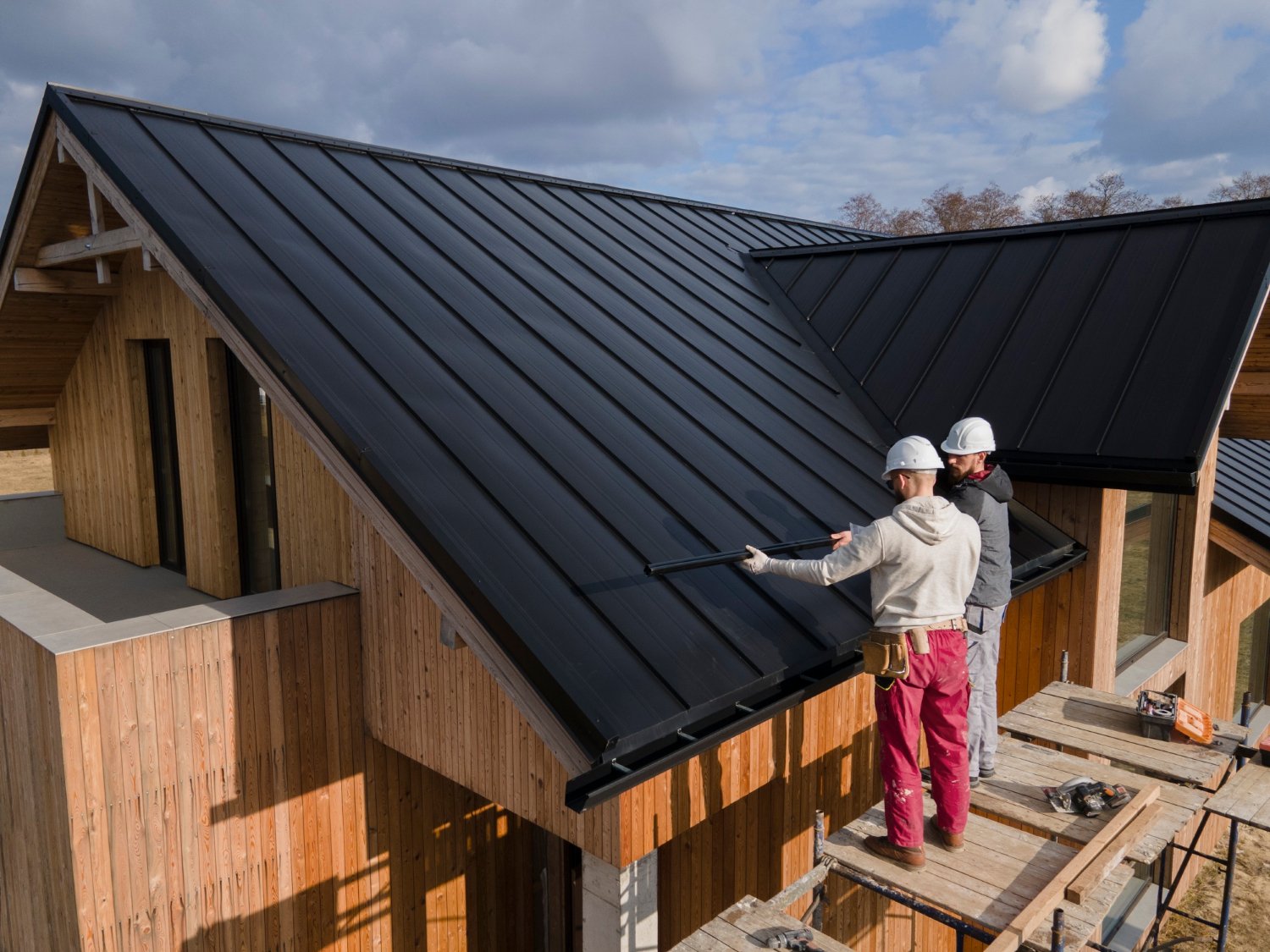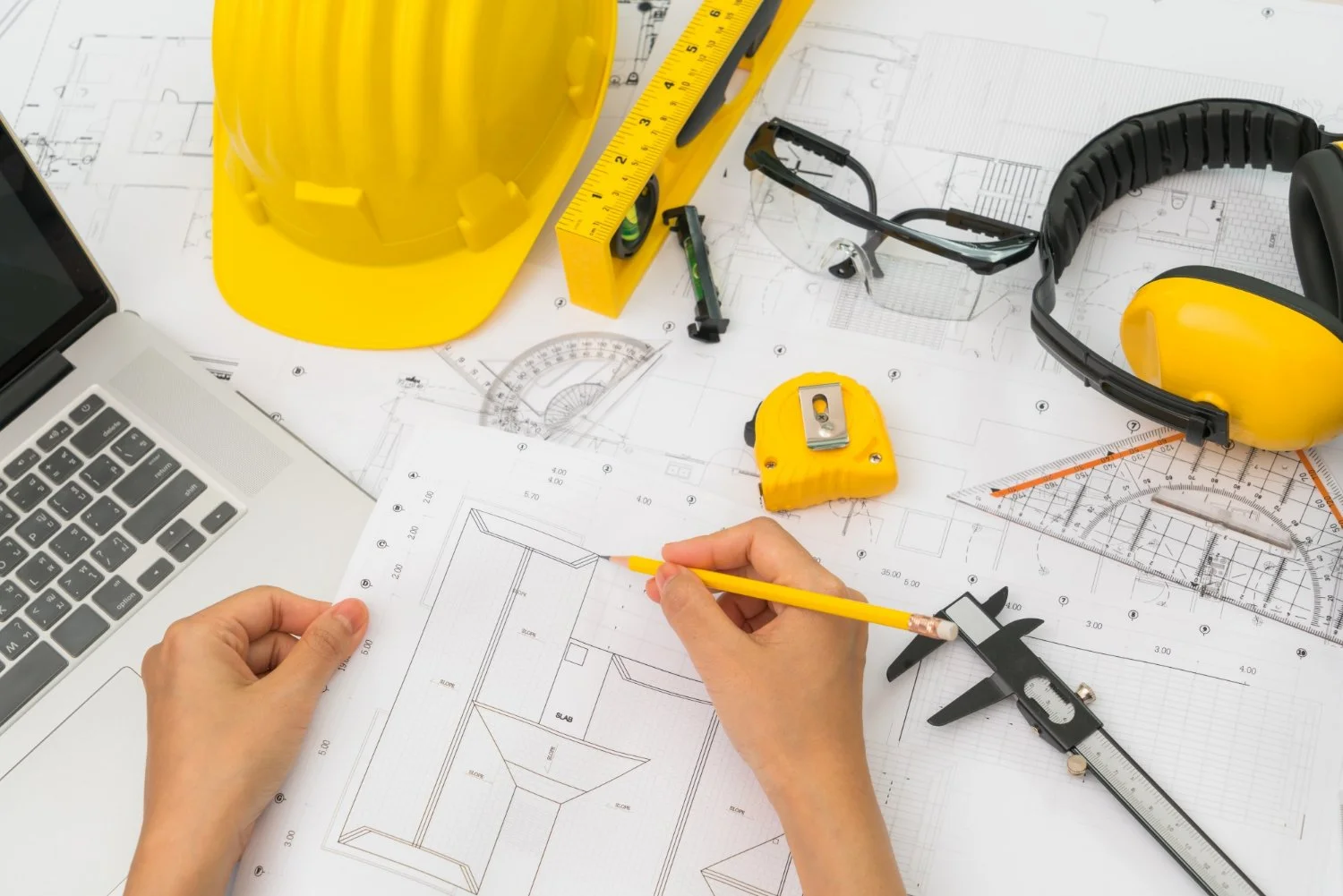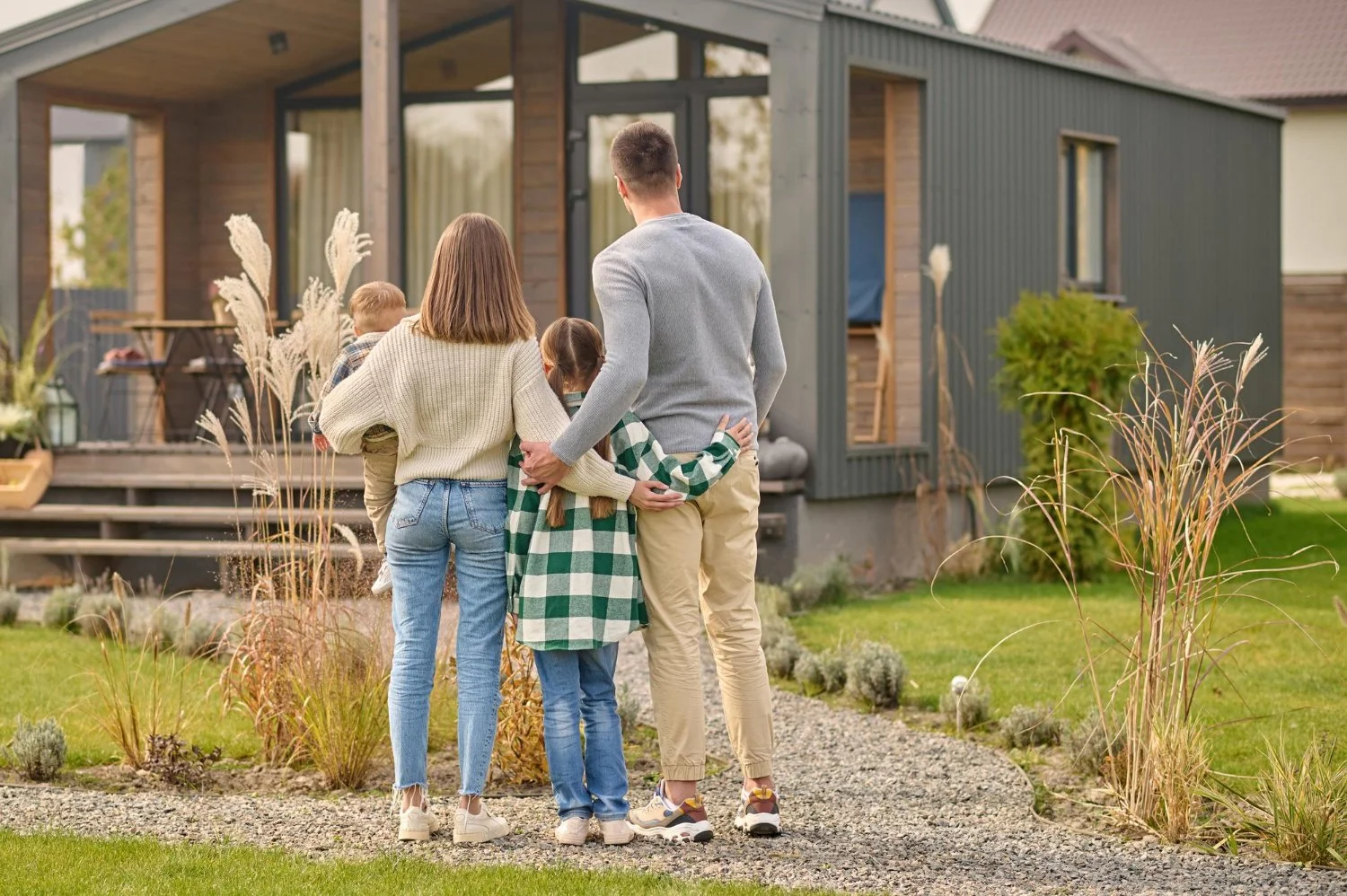How to Plan a Custom Home in Colorado: A Step-by-Step Architectural Guide
Planning your dream home is an exciting journey, especially in a state as breathtaking and diverse as Colorado. From majestic mountain views to open plains and vibrant cities, the Centennial State offers an array of opportunities for homeowners seeking personalization, luxury, and harmony with nature. In this comprehensive guide, we’ll walk you through how to plan a custom home in Colorado, covering everything from budgeting and site selection to architectural design and permitting. Whether you're building in Denver, Boulder, or the Rockies, this blog will provide you with the insights needed to make confident, informed decisions.
Why Build a Custom Home in Colorado?
Custom homes allow homeowners to bring their vision to life, ensuring every detail fits their lifestyle and aesthetic preferences. In Colorado, where land diversity and weather patterns are unique, planning a custom home is often the best way to optimize your investment and lifestyle.
Step-by-Step Guide to Planning Your Custom Home
Building a custom home offers endless possibilities, but it requires careful planning. From defining your vision to selecting the picture-perfect plot of land and understanding costs, this guide walks you through every essential step to turn your dream home into reality.
Step 1: Define Your Vision and Goals
The first step in building a custom home step by step is establishing a clear vision. Ask yourself:
What style do you prefer—modern, farmhouse, mountain rustic, or minimalist?
What features and layout are essential for your family?
What are your long-term needs (home office, in-law suite, energy efficiency)?
Creating a vision board or collecting inspiration from design platforms can help you narrow down your ideas.
Step 2: Set a Realistic Budget
Understanding the cost to build a house in Colorado is crucial for success. On average, custom home construction costs in Colorado range from $250 to $500 per square foot, depending on location, materials, and complexity of design. Make sure to factor in:
Land acquisition
Site preparation
Permits and fees
Design and architectural services
Interior finishes and landscaping
Consulting a financial advisor or builder early in the process can help align your budget with your expectations.
Step 3: Choose the Right Lot
Location is everything. When choosing a lot in Colorado, consider:
Zoning regulations
Accessibility and proximity to utilities
Soil and slope conditions
What kind of view you are seeking
HOA rules and design restrictions
Work with a real estate agent who specializes in vacant land and understands the unique requirements of building custom homes in the area.
Step 4: Begin the Custom Home Design Process
With your lot secured, it's time to dive into the custom home design process. This typically involves:
Programming: Your architect or designer gathers information about your needs, wants, and lifestyle.
Schematic Design: Rough sketches and concepts are created and turned into schematic floor plans.
Design Development: More detailed plans are developed, showing dimensioned plans and elevations. Materials and features are developed in this phase.
Construction Documents: Final drawings and specifications used for permits and construction.
During this stage, collaboration is key. You’ll work closely with your Architect, engineers, and designers to ensure your ideas are feasible, aligned with your budget, and code compliant.
Step 5: Select Custom Home Floor Plans in Colorado
Whether you’re customizing an existing layout or starting from scratch, choosing the right custom home floor plans in Colorado is essential. Consider the climate and terrain—homes in the mountains might need steeply pitched roofs and robust insulation, while urban homes may focus on vertical space optimization.
Colorado home builders often offer flexible plans that can be tailored to your needs. Be sure to:
Prioritize natural light and airflow
Include energy-efficient systems
Plan for indoor-outdoor living where possible
Step 6: Secure Permits and Approvals
Your architect and builder will assist with acquiring the necessary permits. Colorado has varying requirements depending on the county, so it's important to:
Check with your local building department
Submit architectural plans, energy calculations, and site plans
Address any HOA design review processes if applicable
Permitting timelines can vary, so plan ahead to avoid delays.
Step 7: Hire a Qualified Builder
Not all builders are created equal. Choose a contractor with proven experience in the type of home you’re planning and familiarity with the Colorado climate and terrain. Request references, review portfolios, and ensure they are licensed and insured.
The builder will guide you through the construction phase, from groundbreaking to final inspection.
Step 8: Break Ground and Begin Construction
At this point, your vision starts to come to life. Building a custom home step by step typically includes:
Site clearing and grading
Foundation work
Framing and roofing
Electrical and plumbing installations
Drywall, painting, and finish work
Be prepared for possible delays due to weather, especially in mountain regions. Regular communication with your builder ensures everything stays on track.
Step 9: Interior Design and Finishing Touches
As construction nears completion, you’ll focus on interior design. Your choices in cabinetry, flooring, lighting, and appliances will impact both the aesthetics and functionality of your home. Consider hiring an interior designer to help blend form and function seamlessly.
Step 10: Final Walkthrough and Move-In
Once construction is complete, perform a final walkthrough with your builder. Ensure that all elements of the design and build have been executed properly. Address any punch-list items before signing off.
After move-in, keep all documentation related to warranties, product manuals, and maintenance schedules for future reference.
Understanding the Cost to Build a House in Colorado
Let’s revisit the cost to build a house in Colorado. Beyond basic construction costs, it’s important to account for:
Landscaping and outdoor structures
Furnishings and appliances
Solar panels or energy upgrades
Potential cost overruns
The key is to build a cushion into your budget—unexpected expenses are common in any custom build.
Mastering the Custom Home Design Process
Navigating the custom home design process in Colorado is both creative and technical. It requires balancing design desires with local regulations, terrain challenges, and environmental considerations. With the right team and preparation, your dream home will reflect your unique personality and lifestyle.
Prioritize Architectural Design for Custom Homes
Your home’s longevity and livability depend greatly on smart, thoughtful architectural design for custom homes. This includes:
Efficient layouts
Passive solar heating
Stormwater management
Durable materials suited for Colorado’s climate
Collaborating with a skilled architect can significantly elevate the outcome of your project.
Selecting the Best Custom Home Floor Plans in Colorado
Explore diverse custom home floor plans in Colorado offered by local builders and architects. Think beyond square footage and consider how the plan will serve your everyday life. Look for adaptable spaces, privacy zones, and communal areas that reflect how you live and entertain.
Embrace Architectural Design for Custom Homes
The final layer of success in how to plan a custom home in Colorado lies in design excellence. A strong architectural foundation ensures beauty, function, and compliance with local codes. Don’t underestimate the impact of good design—it’s the backbone of a successful custom home build.
Conclusion
From initial vision to move-in day, knowing how to plan a custom home in Colorado helps ensure your home is a true reflection of your lifestyle and values. By understanding each step—vision, budget, lot selection, design, permits, and construction—you set the stage for a rewarding experience and a home built to last.
Whether you’re dreaming of a mountainside retreat or a modern urban oasis, this guide empowers you to make thoughtful decisions every step of the way.





